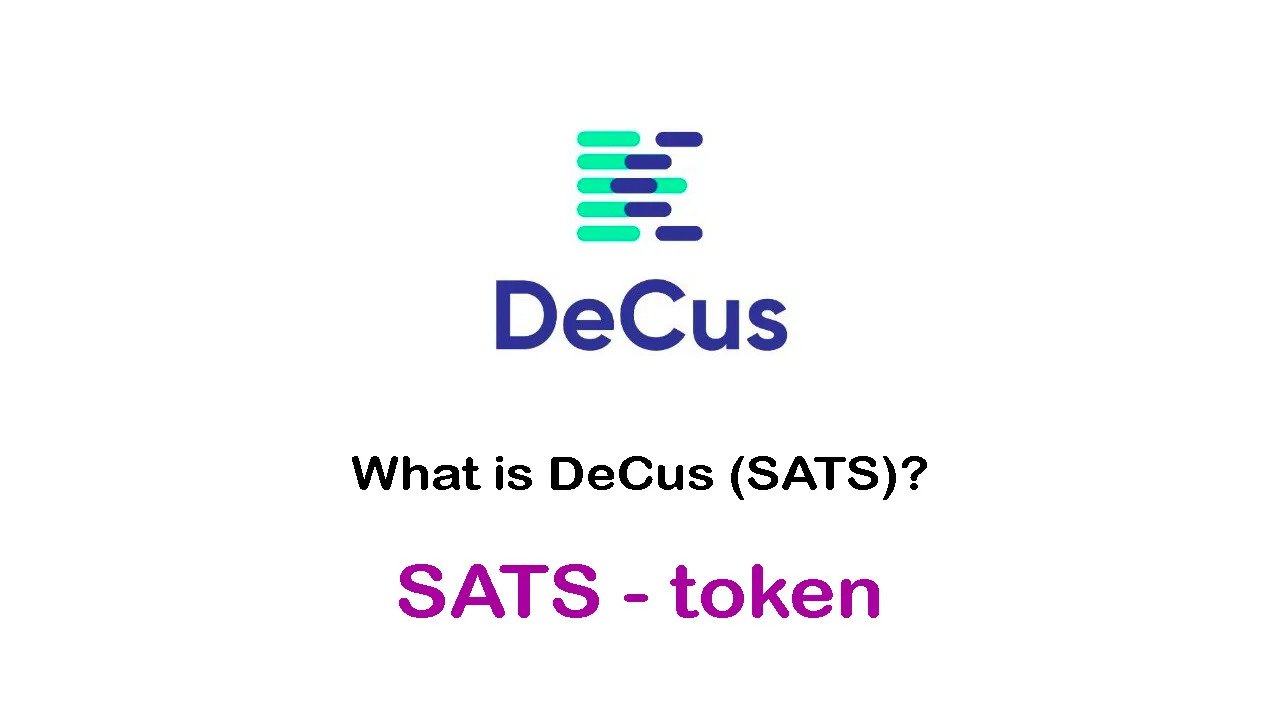
DeCus is a decentralized and high-performance cross-chain platform dedicated to bringing Bitcoin to the DeFi ecosystem and making other blockchain assets flow freely across different chains.
What are pegged value crypto assets?
Pegged value crypto assets are tokens that have their value pegged to an underlying asset by some means. The most common type of pegged value crypto asset is a stable coin, of which the value is supposed to be $1.
Different pegged value crypto assets fix this value using different mechanisms. Some maintain their peg synthetically, like sUSD, others by being backed by the actual underlying asset, like USDT.
These different approaches and the associated risks are why the prices of pegged value crypto assets of the same type can vary slightly.
What is tokenized bitcoin?
Tokenized bitcoin is another frequently used pegged value crypto asset. The underlying assets, BTC, are kept in some ways and then a certain party will mint or issue a token on other blockchains that has the same value as regular BTC but can be used to the full capability of a token. Some examples of tokenized bitcoin include WBTC, HBTC, tBTC, renBTC, sBTC, and so forth.
What is SATS?
SATS is a brand new generation of tokenized bitcoin with smaller units and enhanced performance. SATS is pegged to 1 Satoshi, the smallest unit of Bitcoin, and backed by real BTC in the Bitcoin network. As the first use case of DeCus, SATS provides a better solution for tokenized bitcoin with improved efficiency and decreased risk in a truly decentralized way.
Why is DeCus launching with tokenized bitcoin?
2020 has seen a big blossom of DeFi applications on Ethereum Network and other smart contract chains, while bitcoin, the largest cryptocurrency by market capitalization, is incompatible with the current DeFi structure. The incompatibility makes bitcoin holders outsiders of the prosperous DeFi world, meaning that they cannot enjoy DeFi services, as well as the opportunities of liquidity mining and farming in DeFi.
Some projects are already working on addressing this problem and the amount of tokenized BTC has been exploding – the number of supply has increased almost 135X in 2020, from 1040 to 138,530. Despite this growth, tokenized BTC merely accounts for 0.75% of the circulating supply of real BTC.
The mission of DeCus is to make value flow across different blockchains, so in order to bring value as well as the liquidity of BTC, the first-class citizen in cryptocurrency, DeCus decided to launch with SATS, a better-tokenized bitcoin to satisfy the tremendous market demand.
Who built DeCus?
DeCus is built by a group of decentralization believers and DeFi natives with prior years of developer experience at leading companies both in the Internet and blockchain field, with theoretical research being led by a Dr. team from the top-level computer science and cryptography major throughout the world.
Will DeCus build a bitcoin bridge on other chains?
Yes. After the successful launch of Binance Smart Chain(BSC), the solution can be expanded to more public blockchains such as Ethereum network, Polygon, Polkadot, Conflux, Nervos, and Near Protocol, etc.
Is DeCus safe?
Security is always the top priority at DeCus. Our core code is being audited by an industry-leading company. Once accomplished, the audit report will be published on our website.
In addition, DeCus is working widely with several professional teams to test the financial infrastructure of the protocol’s resilience to attacks by corrupted keepers as well as incentives for honest participants.
But we still know that our protocol depends on new technology that may contain undiscovered vulnerabilities, so we encourage the community to audit t contracts and security.
DCS token
The total supply of DCS tokens is 1 billion, and the overall token allocation is illustrated in the following picture.
What is the DCS token’s contract address?
0x7AAe5d16020c678b533cB4624977B0E3bB1125A5
How can I earn DCS tokens?
There are two main roles in the DeCus system, Keeper and User, and both can earn DCS tokens.
As a Keeper, you need to run a Keeper Node, deposit collaterals and undertake the custody task(i.e sign transactions). Then you can get DCS tokens as rewards.
Users refer to those who deposit their native bitcoins to the DeCus system and get BTC-pegged tokens(SATS) back, and those who use the BTC-pegged tokens(SATS) built by the DeCus system.
Users can harvest DCS tokens by minting SATS or staking LP tokens. Currently, our platform only supports WBTC-SATS LP tokens from PancakeSwap and DODO DEX.
How long is the vesting schedule?
Currently, the participant incentives are planned to vest throughout a 6-year time period with a yearly decay coefficient of 0.666.
How and Where to Buy SATS token?
SATS token is now live on the Binance mainnet. The token address for SATS is 0xA258B20C6e6220dcF7Cd523Ff39847fEc7A6A0CF. Be cautious not to purchase any other token with a smart contract different from this one (as this can be easily faked). We strongly advise you to be vigilant and stay safe throughout the launch. Don’t let the excitement get the best of you.
You will have to first buy one of the major cryptocurrencies, usually either Bitcoin (BTC), Ethereum (ETH), Tether (USDT), Binance (BNB)…
Source: Coin Introduction <https://morioh.com/p/f463bb35f441>

Comments